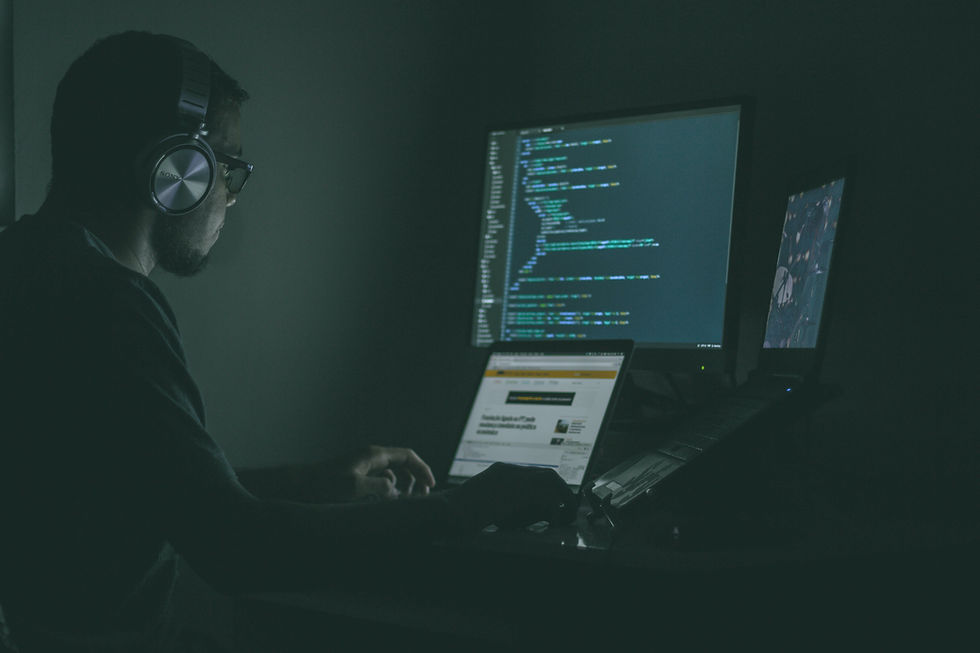Besides COVID-19, a cyber pandemic shows no signs of slowing down or going away. As more and more people had to work remotely, remote work went from a necessity for survival as time went on to a new option.

More workers sought to adapt it as a permanent way to work. This blog looks at how businesses that go remote can do so successfully with the right cybersecurity experts and tools.
The Risks of Remote Work with No Cybersecurity
Governments actively encouraged employees and companies to work remotely during the pandemic. As people became more accustomed to mixing their personal and professional lives with working from home, there were unintended consequences.

What did happen was a gradual change where the need to be incredibly tech-savvy became an absolute necessity to get the job done. Secondly, although remote work has become more common, many significant employers still refuse to offer a "cyber-safe" workspace.

The lack of "cyber-safe" workspaces is the direct result of studies done by Swissinfo.ch, wherein 2020 figures from the NCSC (National Cyber Security Center) show that over 350 cyberattacks occurred. These attacks range from phishing, fraudulent websites, and even direct attacks on companies, a massive jump from the average of 100 to 150 cyberattacks in years prior.
Video Conferencing Services Threatened Too
Video conferencing platforms are also at risk for cyberattacks, not something many people would think about, but it's true. Over half a million were victims of data breaches, putting their personal information, passwords, and email addresses at risk, most likely to be sold on the dark web. A great example of such attacks was between February 2020 and May 2020.

But how did these hackers get access? They used this tool known as 'OpenBullet.'
First, the hackers will use what's known as credential stuffing techniques to gain access to the user's private information to be sold on the virtual black market.
Credential stuffing is a type of cyberattack. The hacker will use a list of previously stolen passwords and usernames and try different combinations to see if they work.
There's A Real Need for Cybersecurity
Companies everywhere can have peace of mind and still do business as usual with the right level of cybersecurity protection for remote work. Many business leaders, not all but many, believe remote work would somehow disappear once the pandemic settled.
This myth couldn't be farther from the truth. Remote work is here to stay, without question.
Cybersecurity is needed as more and more employees decide to go to the remote job router. Cybersecurity experts have never been more in demand, whether remote work calls, shared sensitive information, or company passwords.

If operating remotely runs around $137,000, the average cost for a data breach is a considerable unnecessary expense. For example, since the beginning of the pandemic, experts found that 47% of people fall for phishing scams while working from home. London Police found that in the first half of 2020, more than 11 million GBP was lost, all thanks to unrelenting scammers.

Cybersecurity is needed as more and more employees decide to go to the remote job router. Cybersecurity experts have never been more in demand, whether remote work calls, shared sensitive information, or company passwords. As the work landscape shifts, companies everywhere are more at risk if they don't have qualified cybersecurity experts on their payroll.
Hungry for more? Join me each week, where I'll break down complex topics and dissect the latest news within the cybersecurity industry and blockchain ecosystem, simplifying the world of tech.


Comments